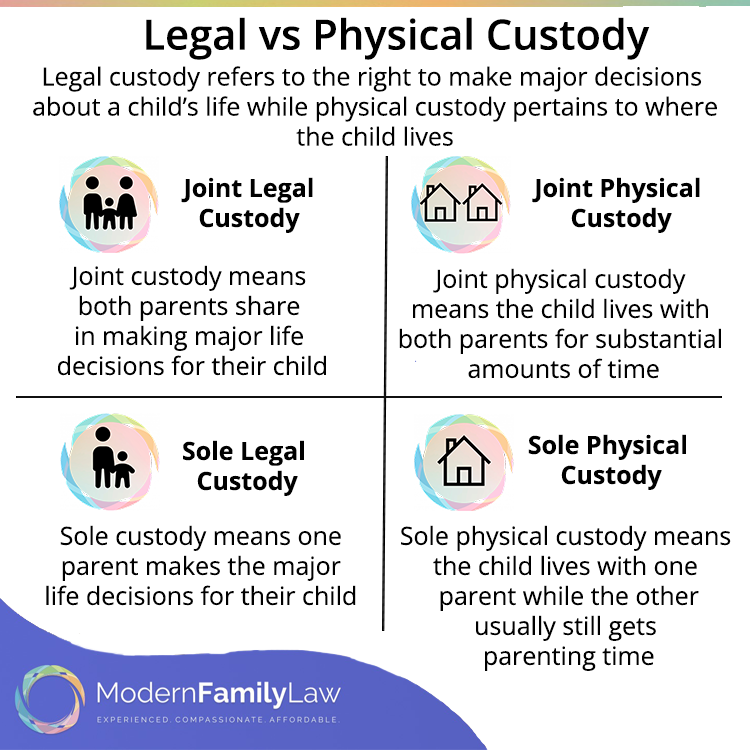Child custody, a central element of family law, profoundly impacts families across the globe. In the often turbulent journey of separation or divorce, understanding the distinctions between legal and physical custody becomes paramount for parents. This critical knowledge not only guides them through the legal process but also shapes the future of their child-rearing practices. Legal custody encompasses the right to make significant decisions in a child’s life, from education to healthcare. Physical custody, on the other hand, deals with the day-to-day care and living arrangements of the child.
Navigating these aspects requires parents to balance their rights and responsibilities, while always prioritizing the best interests of the child. This article aims to provide an in-depth exploration of both legal and physical custody, emphasizing their importance in the context of family dynamics. We will unravel the complexities surrounding each type, discuss their implications, and offer insights into how parents can effectively manage these responsibilities. Whether you are a parent facing these decisions or simply seeking to understand the nuances of family law, this article serves as a comprehensive guide to the multifaceted world of child custody.






